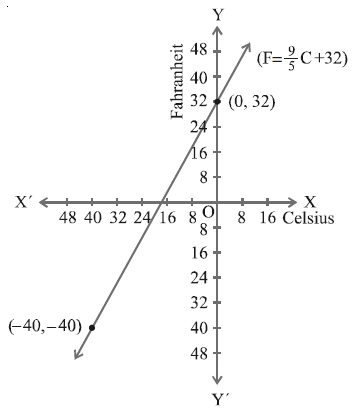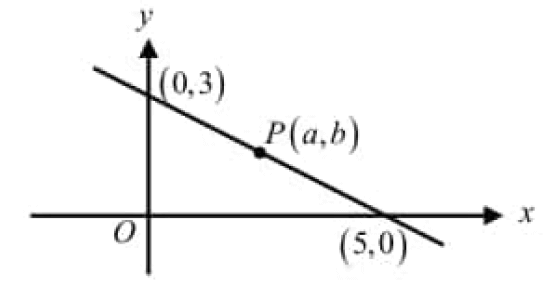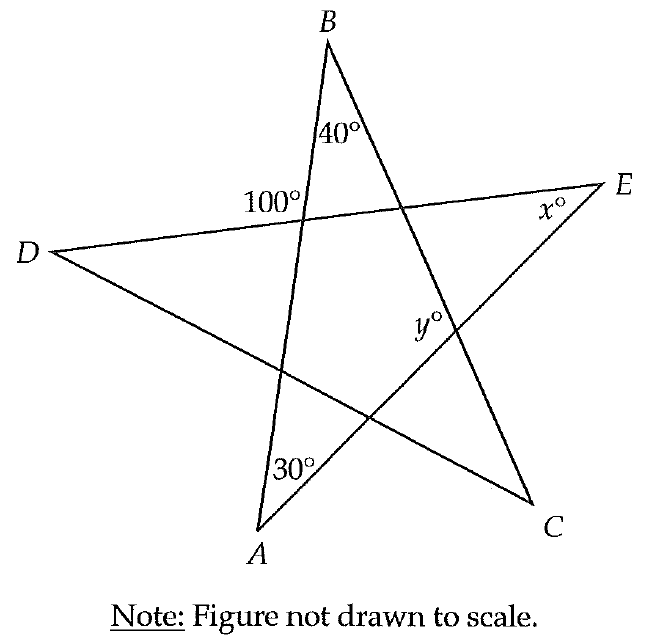TYPES OF FUNCTIONS PRACTICAL PROBLEMS IN SETS
Problem 1 :
The distance S an object travels under the influence of gravity in time t seconds is given by
S(t) = (1/2) gt2 + at + b
where, (g is the acceleration due to gravity), a, b are [constants. Check if the function S(t) is one-one.
Solution :
If for all a1, a2 ∈ A, f(a1) = f(a2) implies a1 = a2 then f is called one – one function.
Let x, y ∈ N, f(x) = f(y)
S(x) = (1/2) gx2 + ax + b ---(1)
S(y) = (1/2) gy2 + ay + b ---(2)
(1) = (2)
[(1/2) gx2 + ax + b] = [(1/2) gy2 + ay + b]
[(1/2) gx2 + ax + b] - [(1/2) gy2 + ay + b] = 0
(1/2) g(x2 - y2) + a(x - y) + b - b = 0
(x - y) [(1/2) g(x + y) + a] = 0
x - y = 0
x = y
So, it is one to one function.
Problem 2 :
The function ‘t’ which maps temperature in Celsius (C) into temperature in Fahrenheit (F) is defined by
t(C) = F where F = (9/5) C + 32 .
Find, (i) t(0) (ii) t(28) (iii) t(-10)
(iv) the value of C when t (C) = 212
(v) the temperature when the Celsius value is equal to the Farenheit value.
Solution :
Given that, t(C) = (9/5) C + 32 .
|
(i) t(0) = (9/5)(0) + 32 = 32° F |
(ii) t(28) = (9/5)(28) + 32 = 82.4° F |
(iii) t(-10)
= (9/5)(-10) + 32
= -18+32
= 14° F
(iv) the value of C when t (C) = 212
(9/5) C + 32 = 212
9C/5 = 212 - 32
9C/5 = 180
C = 100° C
(v) the temperature when the Celsius value is equal to the Farenheit value.
F = C

So, the answer is -40°
Kindly mail your feedback to v4formath@gmail.com
We always appreciate your feedback.
©All rights reserved. onlinemath4all.com
Recent Articles
-
Digital SAT Math Problems and Solutions (Part - 134)
Apr 02, 25 12:40 AM
Digital SAT Math Problems and Solutions (Part - 134) -
SAT Math Resources (Videos, Concepts, Worksheets and More)
Apr 02, 25 12:35 AM
SAT Math Resources (Videos, Concepts, Worksheets and More) -
Digital SAT Math Problems and Solutions (Part 135)
Apr 02, 25 12:32 AM
Digital SAT Math Problems and Solutions (Part 135)

